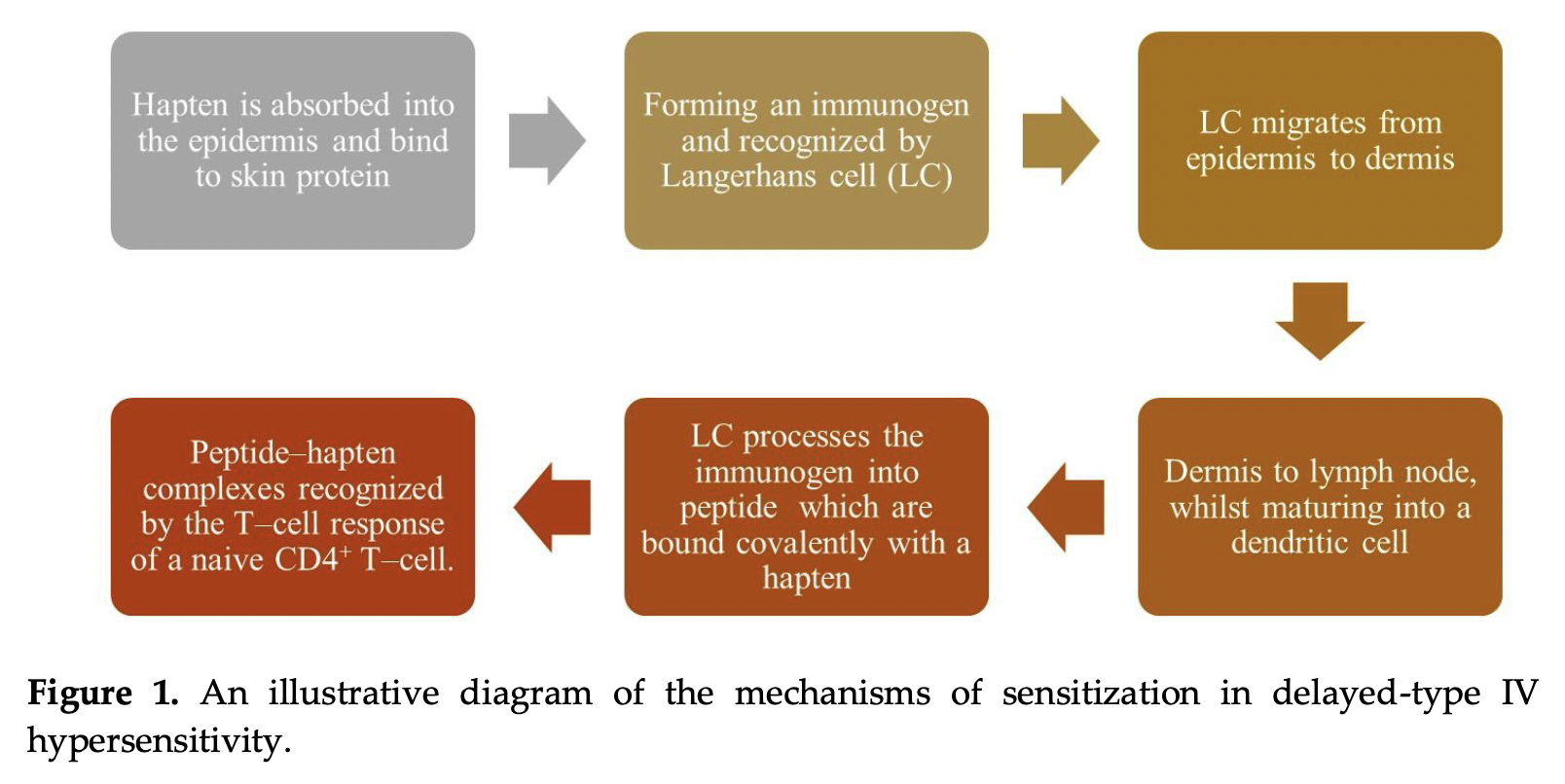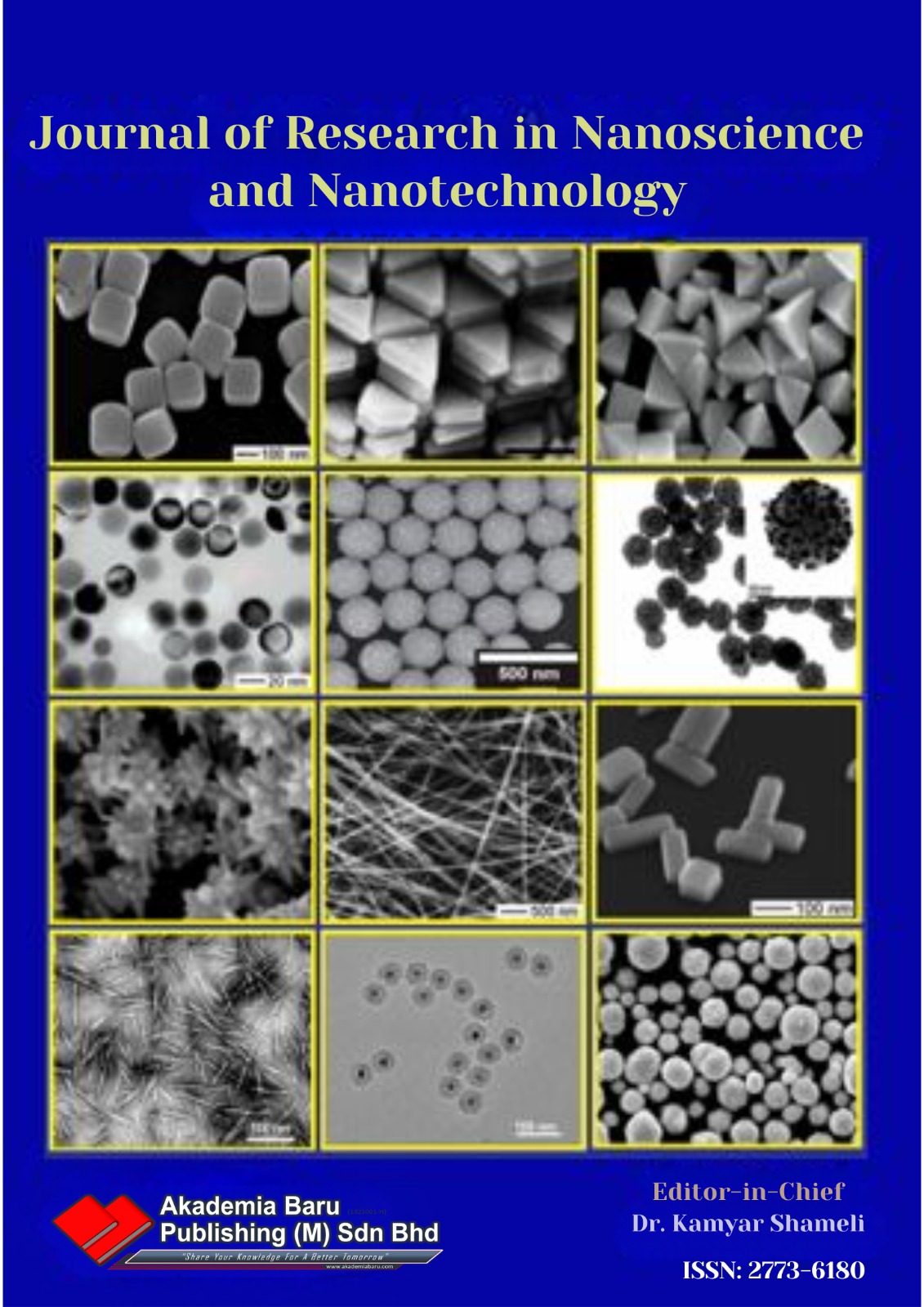The Possibility of Employing Cysteine and Gold Nanoparticles for Skin Sensitization Analysis: Current Status
DOI:
https://doi.org/10.37934/jrnn.4.1.112Keywords:
Skin sensitization, nucleophilic, gold nanoparticles, impedance, haptenationAbstract
Determination of the toxicity potential of the ingredients is the first step in hazard assessment of cosmetics and personal care products. Skin sensitization analysis is one of the tests needed for the safety evaluation of these products. More countries in the world are turning their backs on animal testing for cosmetics and personal care products. This has led to the search for alternatives in skin sensitization analysis. Skin sensitization is defined as an allergic response to a skin sensitizer upon contact with the skin. Skin sensitization is induced through the covalent binding of a skin sensitizer to skin proteins (haptenation process). OECD Test Guideline No. 442C has adopted direct peptide reactivity assay (DPRA) and amino acid derivative reactivity assay (ADRA) as validated in chemico alternatives in the testing of skin sensitization potential of chemicals. The most cited nucleophilic amino acid that complexes with skin sensitizers (hapten) through covalent bonds is cysteine. Gold nanoparticles are mostly used to fabricate electrodes for the detection of analytes due to their chemical stability, high chemical conductivity, and biocompatibility. Cysteine has the capability to interact with gold due the formation of a strong cysteine-gold nanoparticles thiolate bond. The status of the possibility of employing cysteine and gold nanoparticles for skin sensitization analysis is discussed in this review article.
Downloads















